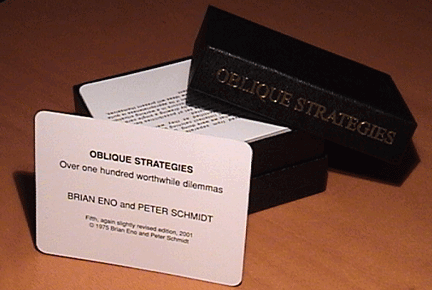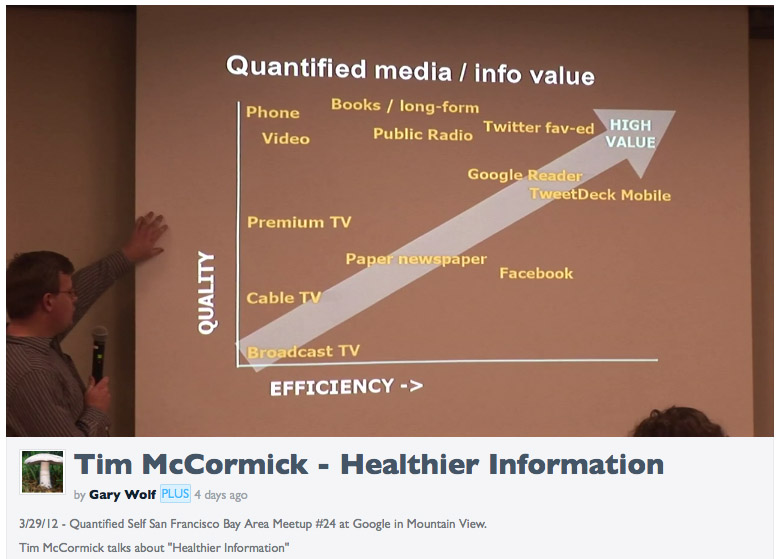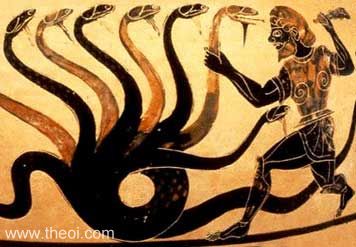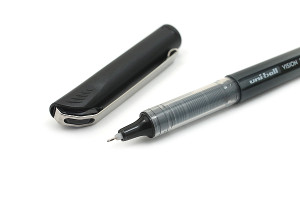Tim Volume 1 – a serio-farcical book concept about design and anti-design.
(with thanks to Steven M. Johnson, “whimsicalist, possibilist,” and inspiration).
originally from November, 2012.
Like many of my projects, this began as a joking suggestion.
Given my growing catalogue of lateral project ideas and other “news from nowhere,” one might ask: perhaps the list is the project? I’ve been inspired in this, or let’s say given permission, by a long tradition of admired, useful fantasists and comic-literal provokers, such as Brian Eno and Peter Schmidt with their 1975 “Oblique Strategies” card deck, Claes Oldenberg’s great 1969 book Proposals for Monuments and Buildings, and Steven M. Johnson’s fantastical, social-critiquing inventions.
Perhaps, then a book of semi-imaginary creations to cap my <cough> mostly imaginary fame and renown. Why not? After all, these days one can easily enough, and no doubt here need to, “self publish”. (that phrase which, I will remark, contains a usually unremarked paradox. Surely publishing is, in some philosophical sense, something other parties do, by granting you attention?).
However, as noted below, all of projects in my imaginary book proposal actually are in some state of implementation, development, discussion, published form, or funding application, etc. Like the hopeful say about long-suffering social network Google+, it’s a long strategy.
As with other forms of critical design, détournement, imaginary architecture, utopian proposal, startup version 1, etc., the purpose is not necessarily or entirely to “implement” literally what’s proposed. Or you could say, the aim is to be generative of unspecified and various implementations. Therefore they also may be a critique or boundary perspective on the idea of design as “problem-solving”: or as I’d suggest, they re-articulate the “problem-forming,” non-instrumental dimension of problem-solving.
But so much for the design theory, and on to design humor. As the old Borscht Belt joke said, don’t worry! some of my best jokes are Jewish.
title suggestions
Absurd But Effective
Thinking Products
The Adjacent Possible
Another Design is Possible
Oblique Design Strategies
Beginners Mind: Non-Expert Proposals
Subtitle suggestions
10 Absurd, Lateral, & Oblique Product Solutions
10 Contrarian Design Projects & Principles
Groupings:
- Living (1,6,7,9)
- Publishing (2,4)
- Learning (3,5,8,10)
CHAPTERS
- Introduction: the “adjacent possible” (Steven Johnson); “oblique strategies” (Brian Eno); design research; design by absurdity (Steven M. Johnson)
. - Houselets: mobile housing units for urban parking spaces
Contrarian Pattern: Design From and For the Marginal and Vagabond.
See “Parking Houses: modular housing to fit on city parking spaces” (tjm.org, August 30, 2012).
. - Scholarly Socialbots: robot helpers to help scholars do social media
Contrarian Pattern: Scholarship Needs To Be More Ubiquitous and Unintelligent — Swarm Scholarship. Owls Need Insects.
a grant-supported prototyping project, aka Sloan project part 1, “Social Scholar.”
. - SmartEreader: designing reading tools as if reading mattered.
Contrarian Pattern: Dumb Rules Make Us Smarter, Smart Tools Make Us Dumb.
proposed prototyping project, and invited topic for article series on O’Reilly Media’s Tools for Change site. Aka Sloan project part 2, behavioral e-reader app.
. - emBooks: mobile-phone sized, mass-customized, print-on-demand microbooks
Contrarian Pattern: New Technologies Recast & Combine With Old Ones.
Technology is Stuff That Doesn’t Work Yet. Good Technology is Invisible.
Obsolete Tools Are Often More Effective.
Status: developed in Fall 2012, investigated with mediaX Stanford, paper prototyped, pitched to KonicaMinolta.
. - Multipreneurship: the value of splitting your time, focus, & commitments.
Contrarian Pattern: Not All Startups, Founders, or Ideas Work By “Jumping off a cliff and building the plane on the way down.”
. - Waywalking: mobile tools and smart streets for people rather than cars.
Contrarian Pattern: Responsive Environments For Unreasonable People Like Me.
Design From the Perspective That You Are Always Right.
See: “Waywalking” (July 3, 2012).
. - Parking Space Liberation Front: citizen-sourced documention, marking, & registry of unused but parkable spaces.
Contrarian Pattern: Design For the Enemy. The Enemy is Us. You’re Not in Traffic, You Are Traffic.
Status: I periodically re-propose this in various forms to San Francisco Planning Department (hello again, David Alumbaugh!), the SF Mayor’s Office of Innovation, the Urban Prototyping Festival, etc, city council hearings when they don’t spot my disguise at the door, etc.
. - Collaborative Compensation Calculator Project: a public, transparent, collaborative model to analyze and compare any job’s total real compensation.
Contrarian Pattern: Tactical Neutrality.
See: “Tools for political truthiness: the public, total-compensation calculator” (August 12, 2011).
. - SafeTexting: a Design Thinking approach to texting while driving.
Contrarian Pattern: Illegal and condemned practices often indicate unmet needs and opportunities. Prohibition Is the Opposite of Design.
. - Sparse Connectivity: how to use a smartphone with no carrier or subscription.
Contrarian Patterns: The Rich Purchase, The Poor Innovate. (“Jugaad” Innovation etc.)
The Best Connections Are Partial.
Design by De-Augmentation and Subtraction.
See 2-part series in ReadWrite, November 8-9, 2012:
“What Life Is Like For A Smartphone User Without A Data Plan” and
“How To Drop Your Data Plan And Keep Using Your Smartphone.”
—-
Your turn! any thoughts on the above, or got some new items, projects, or patterns to suggest? Let me know via comment box below, or email me: tmccormick at gmail dot com, or Twitter, etc.
Follow me on Twitter at @tmccormick.
RSS feed, subscribe to posts by email, etc. at Contact Page.









